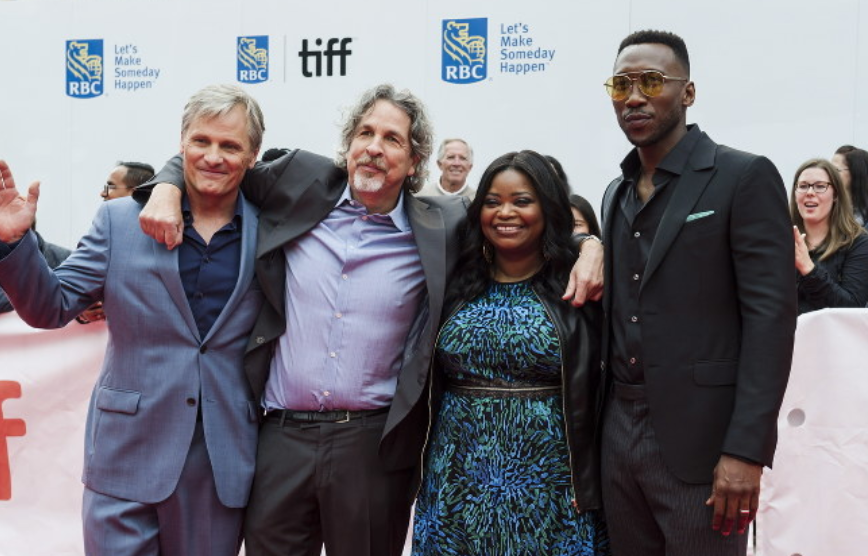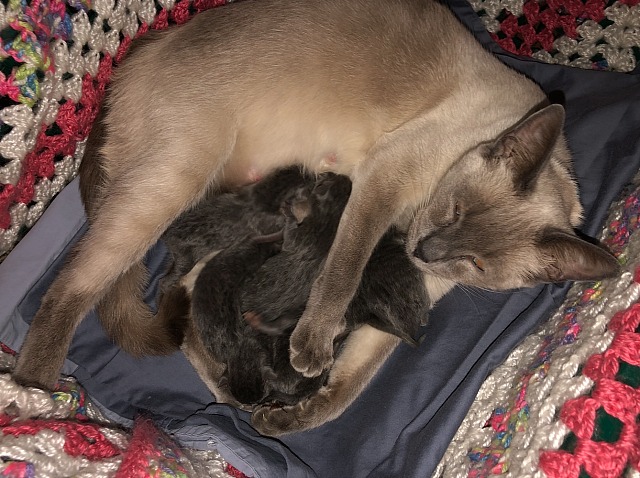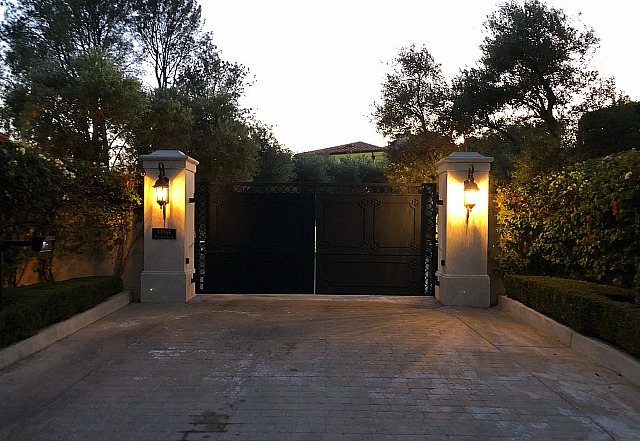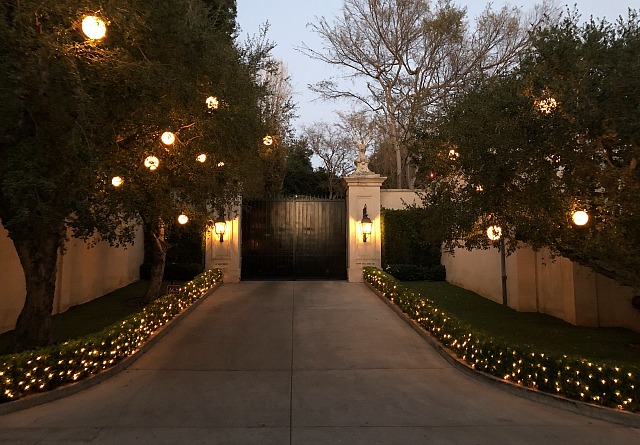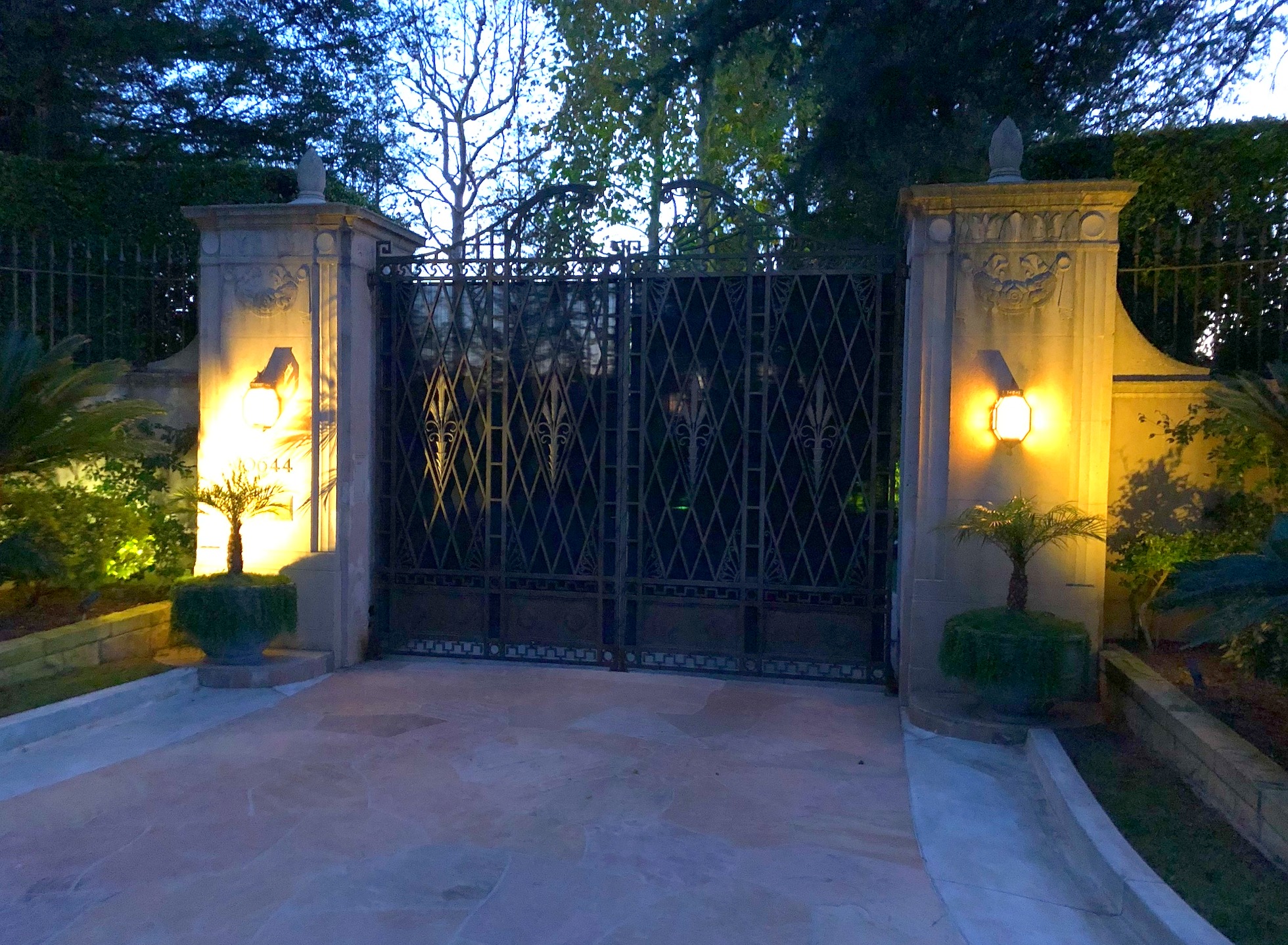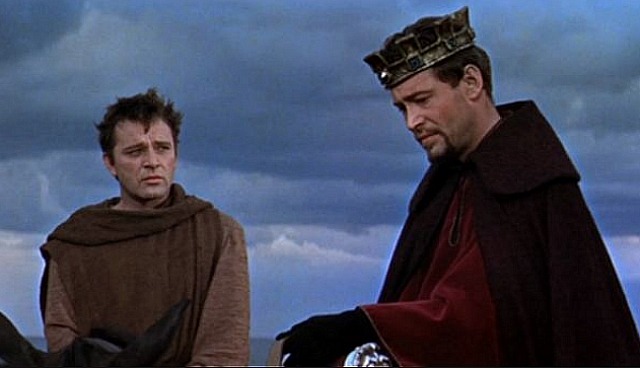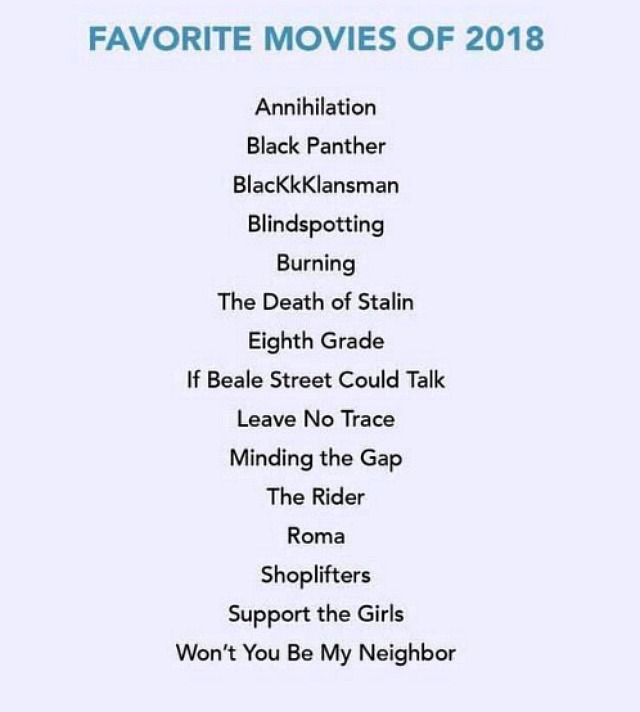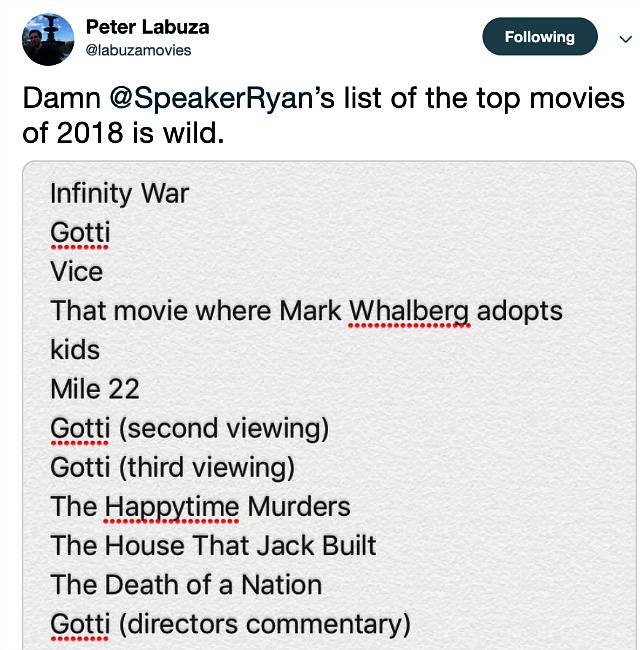On 12.28 World of Reel‘s Jordan Ruimy posted titles of 13 late 20th Century comedies that couldn’t be made today, and if they were made would be torn apart on Twitter by “woke” dogs and eaten alive. Tropic Thunder, Blazing Saddles, Airplane, There’s Something About Mary, Team America, The Jerk, MASH, Animal House, Borat, Caddyshack, Trading Places, Bad Santa and A Fish Called Wanda. Was he right? Did he forget a few titles?
We all understand that almost all good comedies are about tweaking social norms and giving some kind of offense, and these days, of course, giving offense is out. Hollywood Elsewhere believes that almost any late 20th Century comedy that focused on a straight male character living any kind of louche lifestyle (including any with a moderate, comme ci comme ca sexual appetite) would be dead in the water if someone attempted to remake it. A Shampoo remake wouldn’t have a snowball’s chance in today’s climate…not a chance.
Other verboten comedies mentioned on Facebook comment thread: Soul Man. Watermelon Man. Four Lions. The Hangover. Private Benjamin. Trading Places. Dr. Detroit. 1941. The Breakfast Club. Monty Python’s The Meaning of Life.
Facebook comment #1: “A lot of these movies could get remade it’s just more likely the elements read now as offensive would be excised, toned down, or re-conceptualized to turn them on their ear in some wokey way. And they’d almost certainly be worse.”
Facebook comment #2: “They should teach a class in school called ‘context.'”
Facebook comment #3: “Altman’s MASH would never get made and I’m surprised they haven’t tried to burn it yet.”
Read more


